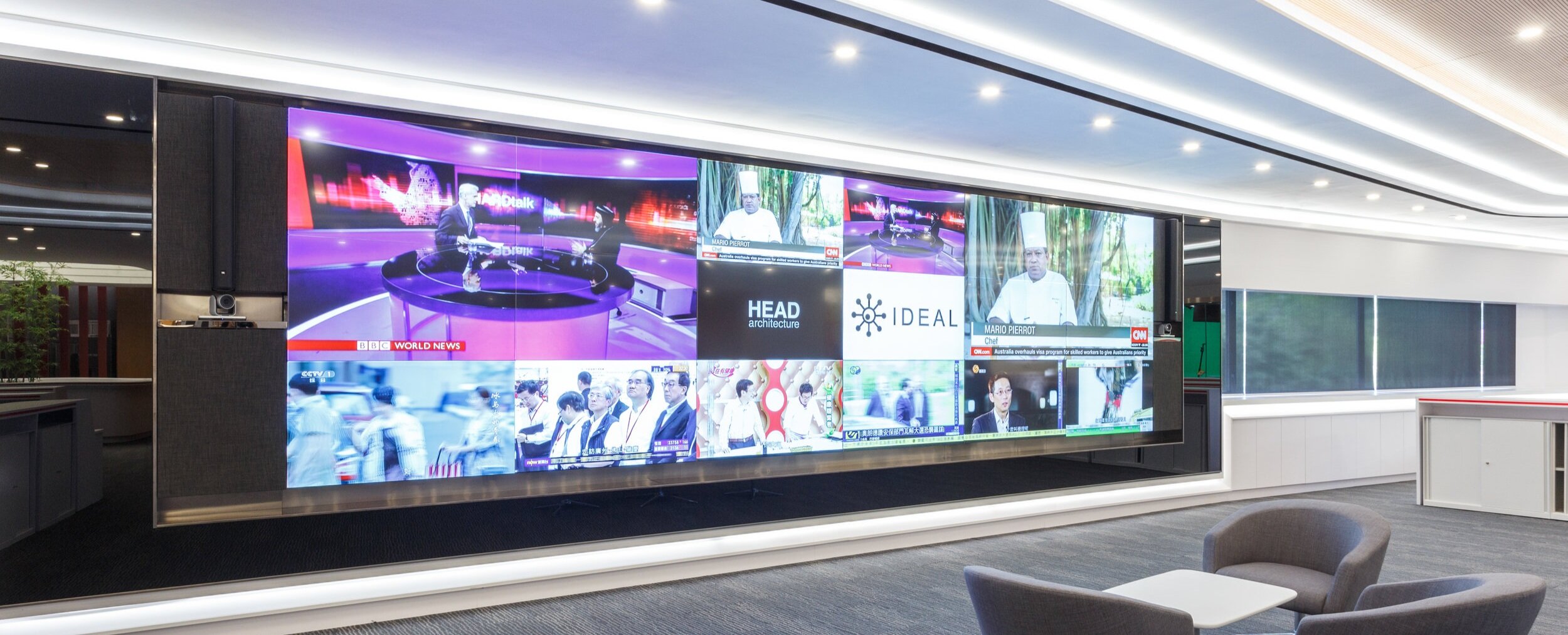Clarifying Light Emitting Diode Display Panel Illumination Measurements to Peak Display Performance
Clarifying Light Emitting Diode Display Panel Illumination Measurements to Peak Display Performance
Blog Article
LED wall screens are increasingly popular in various settings, from homes to businesses and public spaces. These screens tend to be recognized due to the vivid and dynamic displays, that render these ideal for conveying information, advertisements, and engagement. Nevertheless, comprehending brightness illumination levels for Light Emitting Diode panel screens remains crucial to ensuring optimal display performance. Brightness is measured using metrics known as nits, which show the amount of light is emitted from a screen. A greater number of quantity in nits, the brighter the display is. For instance, instance, one screen boasting one thousand candelas stands significantly more vivid compared to one with five hundred nits, making it better equipped for well-lit environments.
As you selecting an LED panel screen, one is important to consider which environment in that the screen will be placed. For brightly illumined spaces, such as shopping malls and open-air settings, a higher brightness level is necessary to ensure clarity. On the other hand, within dimmer settings, like cinemas and meeting spaces, lower lower brightness level may be adequate. This is because is because excessive brightness in a dark environment can lead in viewer discomfort among viewers, making them more difficult for concentrate with a screen. Thus, comprehending specific specific requirements of the installation site can help in choosing the suitable brightness level for optimal viewing experience.
A further important factor to consider is the differential ratio of the LED wall screen. This ratio measurement indicates how much difference exists between the brightest light versus the darkest black shade which the panel can produce. An higher contrast proportion indicates that it is capable of present greater detail and richness, thereby improves general visual clarity. For example, one panel with a contrast ratio of 10,000:1 will display images featuring greater brilliant hues as well look at more info as sharper details compared to a with a ratio of one thousand to one. Such becomes particularly important when displaying visuals and videos that require greater definition as well as detail, such as presentations and advertising material.
Moreover, the technology that drives Light Emitting Diode wall panels plays an essential part in their illumination as well as total efficiency. Different types of Light Emitting Diode methods, including OLED and LCD, have unique traits which impact the way brightness is perceived. OLED screens often offer better differential as well as deeper blacks, which can enhance a visual experience within darker environments. Conversely, standard Light Emitting Diode panels may be better in bright environments because of the ability to produce higher levels in brightness. Understanding such tech-related differences will help users in making informed choices according to specific led display screens specific needs.
In conclusion, regular maintenance and adjustment of LED wall panels can help maintain ideal illumination and efficacy long-term. Dust as well as particles may build up in the surface, impacting the brightness as well as clarity of a display. Periodic cleaning as well as professional adjustment may guarantee the the screen operates at top best, offering consistent image clarity. Additionally, some advanced Light Emitting Diode wall panels feature with integrated features that enable operators for modify brightness levels as well as color adjustments according to individual wants. Through implementing these steps, operators can ensure that LED LED panel panels provide the best display efficiency, regardless of where setting in which these are used.